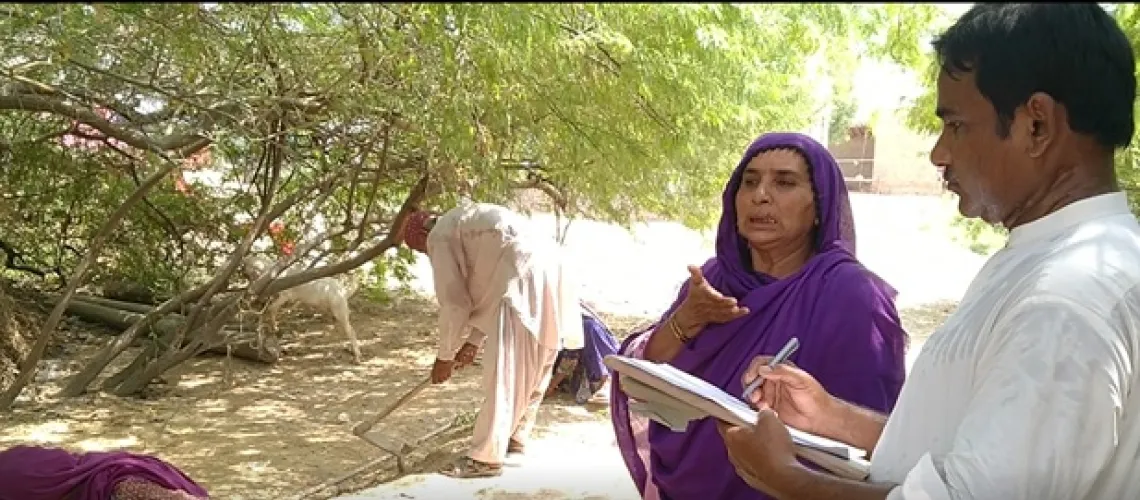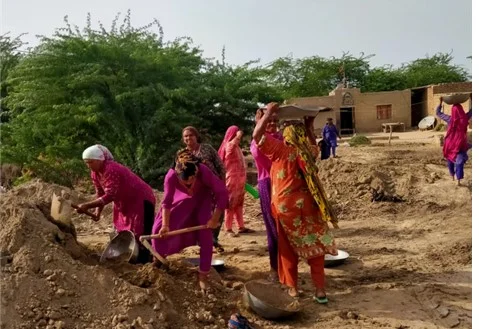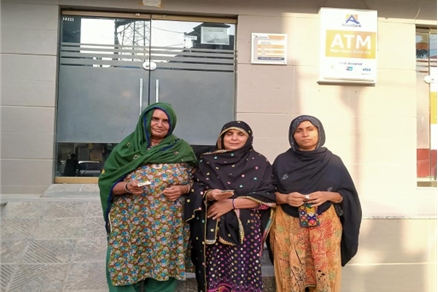Read Time:4 Minute, 36 Second


Boosting financial inclusion
As Pakistan recovers from the floods, it’s important that programs continue to target the poorest people who were affected.

Yoko Okura is a Disaster Risk Management Specialist and Jamal Mustafa Shoro is a Consultant for the Sindh Flood Emergency Rehabilitation Project (Livelihoods) at the World Bank.
